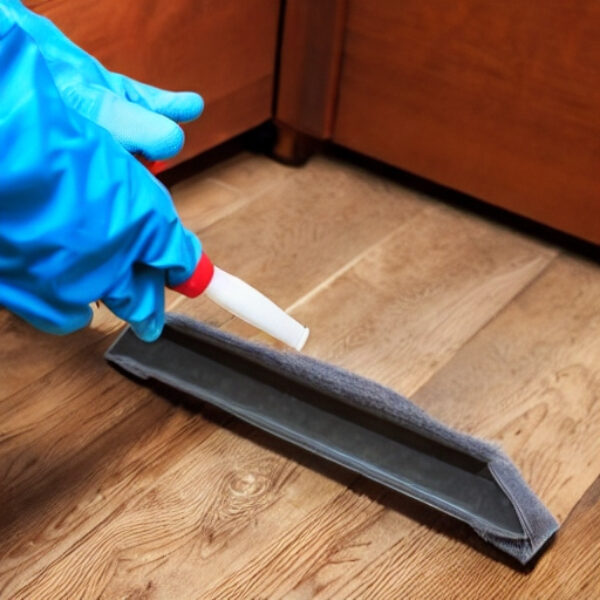A home radiator is a must-have, especially if you are living in the colder parts of the UK. It’s usual for radiators to come with a key, which is what going to use in order for you to bleed the radiator. However, there are instances that the key may not be found because you lost or misplaced it. Worry not, as there are a couple of things you can do to bleed out the radiator without its accompanying key.
Bleeding a Radiator without a Key
If your problem is that you can’t bleed the radiator because you don’t have the key, then call yourself lucky, as this is one of the minor troublesome problems a radiator may have.
To bleed the radiator, there’s a valve that you need to turn. This valve is where you are supposed to use the key. The valve is typically hexagonal. Hence, instead of the key, you can use something else to grip the valve so you can turn it. Generally, most people would use:
- Pliers
- Wrench
- Screwdriver
Most households will have at least one screwdriver. Hence, this article will lay out the steps for bleeding the radiator using a screwdriver.
Step #1 – You’d want to start by shutting off the radiator. This allows the water temperature to go down, which makes working with the radiators a lot easier. Things can get messy, and you don’t want to suffer from minor burns.
Step #2 – Once the radiator is back to room temperature, you’d want to grab a towel. Hold the screwdriver with your dominant hand and use the other hand for the towel. Insert the screwdriver into the valve’s slotted groove. Then, slowly turn it anti-clockwise.
The water will likely start spraying out at some point. Use the towel to cover the valve or catch the spraying water. You’ll then hear a hissing sound. This is a sound produced when the trapped air escapes from the radiator. Wait for the hissing sound to stop before proceeding to the next step.
Step #3 – Once the hissing sound stops, you have now released most if not all of the air trapped inside. Hence, it would be best if you tightened the valve quickly to prevent a lot of water from coming out from the radiator.
Step#4 – The next step is to turn on the radiator.
Step #5 – You must check the pressure gauge on the boiler. If the water pressure is not high enough, then top it back up.
Step #6 – Let the radiator run for an hour. Then, check if the radiator is heating up evenly. If not, you may want to consult a professional.
Wrapping It All Up
As you can see, losing the key is not the end of the world. You can still bleed the radiator using tools that are typically found in any home. Keep in mind that using the key that comes with the radiator is still the best way of doing it. Hence, you should be careful not to lose it.
Lastly, this article may have used the screwdriver, but the general idea is the same no matter tools that may be available in your home. You can use a wrench or even a screwdriver.

